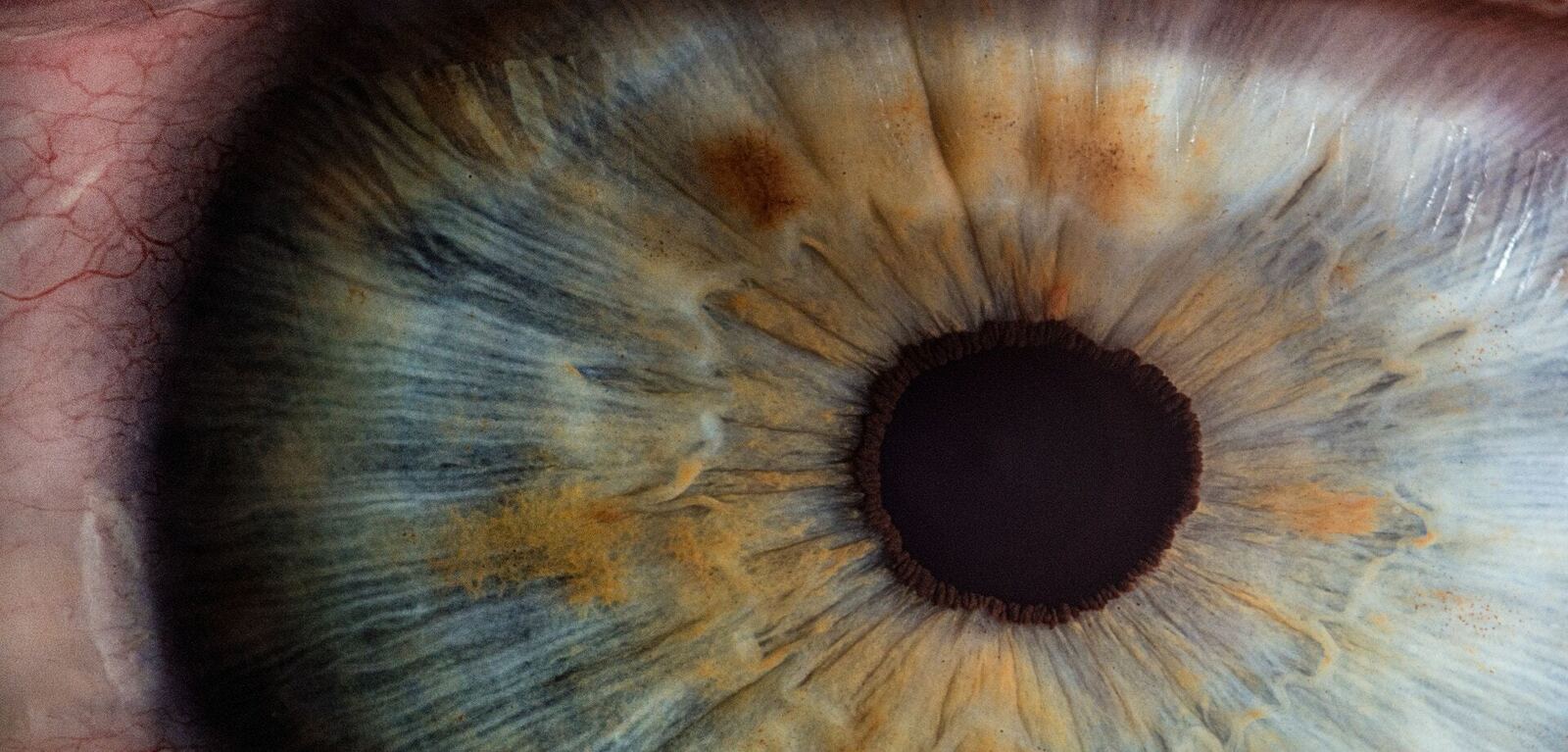New imaging study in Down syndrome reveals eye blood vessel changes linked to early Alzheimer’s
A world-first ultrawide-field eye imaging study in adults with Down syndrome has found that abnormal blood vessels in the retinal periphery of the eye can be seen before clinical symptoms of Alzheimer’s disease begin to show.

The study was led by a research team from Queen’s University Belfast, and the results have been published in the prestigious Journal of Alzheimer’s Disease.
People with Down syndrome have a greater risk of developing Alzheimer’s disease at an early age due to the presence of an extra copy of chromosome 21, which can lead to an accelerated build-up of plaques in the brain.
These plaques can cause problems with how brain cells function and increase the risk of developing Alzheimer symptoms.
Due to the increasing lifespan of people with Down syndrome, the leading cause of death for this population has now become Alzheimer’s disease. This makes them a patient population that will benefit from treatment trials that aim to improve their health or slow the condition from developing.
First Author on the study is Mr Jamie Mitchell, a PhD student under the supervision of the Principal Investigator on the study, Professor Imre Lengyel, a researcher from the Wellcome-Wolfson Institute for Experimental Medicine at Queen’s University Belfast.
Professor Lengyel explains: “There is a major need for early identification of those at risk of neurodegenerative diseases such as Alzheimer’s disease. The potential to use the eye as a window to the brain is an exciting and unique way to do this.
“Our study is the first clinical investigation to show that blood vessels in the retina of the eye thin more rapidly along their paths and small vessel abnormalities are present in the peripheral retina in adults with Down syndrome.”
To carry out their study, the team looked at adults with Down syndrome aged 27-53 from the UK who did not yet display signs of Alzheimer's disease and compared their retinal scans to a group of adults of a similar age without Down syndrome.
Using eye tests to create detailed images of the eye's internal structures, the researchers also looked at the lens at the front of the eye, then the retina, which senses light at the back of the eye, and the choroid – a layer behind the retina with lots of blood vessels, and compared the retinal layer thicknesses of both groups.
Joint Principal Investigator of the research, Dr Lajos Csincsik, Research Fellow from the Centre for Public Health and the Wellcome-Wolfson Institute for Experimental Medicine at Queen’s University Belfast comments: “These exciting research results suggest eye imaging can help detect and monitor Alzheimer’s disease in people with Down syndrome, potentially enabling earlier diagnosis, treatment interventions, and an easier way to track its progression."
“Eye imaging is quick, simple, and costs a fraction to that of other ways to diagnose Alzheimer’s disease, such as brain scans, so there are huge benefits to both professionals and patients”, said Professor Tunde Peto, the Clinical Ophthalmology Lead of the study and Professor of Clinical Ophthalmology from the Centre for Public Health at Queen’s University Belfast.
Dr Richard Oakley, Associate Director of Research and Innovation at Alzheimer’s Society, who part-funded the study, said: “Dementia is the UK’s biggest killer, and it has a devastating impact on families, the healthcare system and the economy.
“Current tools to diagnose Alzheimer’s disease are costly and invasive and a third of people with dementia do not receive a diagnosis. People with Down’s syndrome have a greater risk of developing dementia, and earlier than people without the condition, so this is an encouraging study suggesting we could use the eye as a window to the brain and identify the early warning signs that someone with Down’s syndrome may go on to develop dementia.
“This study is the first to show changes in blood vessels in the eye can be seen in someone with Down’s syndrome, which weren’t seen in people of a similar age without Down’s syndrome.
“However, this was a small study and didn’t track participants to see if they went on to develop dementia, so more research is needed to understand whether the blood vessel changes do indeed mean an individual will go on to develop Alzheimer’s.
“This research shows it’s critical we explore every avenue to accurately diagnose people early in the development of their dementia, so they can access the treatment and support they need. Help us continue to fund research by donating at alzheimers.org.uk/forgetmenotappeal.”
Studies are now in progress in Belfast in collaboration between Queen’s University and Ulster University to explore these findings further.
The REVEAL Study is currently recruiting participants with Down syndrome, mild cognitive impairment, and those who have been diagnosed with very early stages of Alzheimer’s disease. Those interested can contact Professor Imre Lengyel.
The research is supported by OPTOS PLC, the Deep and Frequent Phenotyping Study from the Medical Research Council, and Alzheimer’s Society.
Media
Media inquiries to Sian Devlin at s.devlin@qub.ac.uk